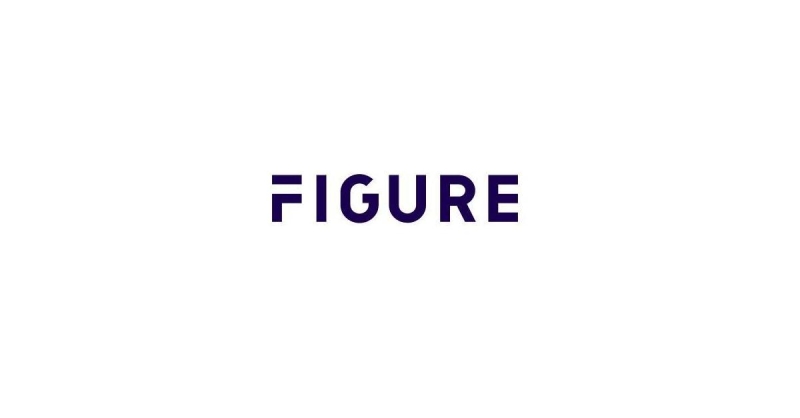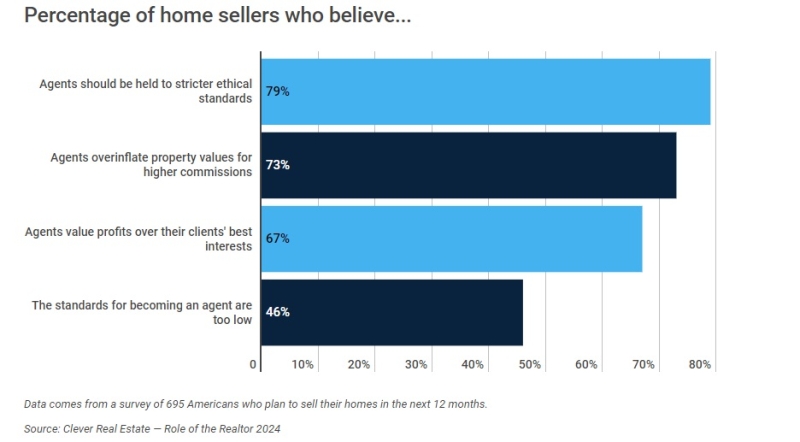
Black Knight: Home Affordability Nearing All-Time Low

Spiking interest rates & rising prices are sending borrowers to ARMs
- According to the Black Knight HPI, home prices rose 2.3% in March alone, marking the fifth time in the pandemic era that homes increased by more than 2% in a single month.
- Annual home price gains slowed very slightly in March, seeing 19.9% annual appreciation, down from an upwardly revised 20.1% in February — the first-ever month to see greater than 20% price growth.
- With 30-year mortgage rates at 5.11% as of April 21, the share of the median income required to make the principal and interest (P&I) payment on the average-priced home is now 32.5%.
- That is within 1.6 percentage points of the all-time high 34.1% payment-to-income ratio seen in July 2006.
While the increase in home prices slowed, though just slightly, in March, 30-year mortgage interest rates above 5% have pushed housing affordability very close to its all-time worst level, according to a report today from Black Knight Inc.
Black Knight’s Data & Analytics division released its latest monthly Mortgage Monitor Report, based on the company’s mortgage, real estate and public records datasets. As home prices and interest rates continue their sharp upward climb, this month’s report looks at the impact on affordability pressures in the market.
“After accelerating for the last four months, the rate of annual home-price growth actually slowed a bit in March,” said Black Knight Data & Analytics President Ben Graboske. “Still, at 19.9% — down from an upwardly revised 20.1% in February – March would have otherwise set yet another record for appreciation.”
For the year so far, home prices are already up nearly 6% nationwide, Graboske noted, “with nearly 25% of the nation’s largest markets seeing gains of more than 7% over the last three months alone. With 30-year interest rates hitting 5.11% as of April 21, the impact these price gains have had on home affordability is significant.”
According to Black Knight, as measured by the share of median income required to make the premium and interest (P&I) payment on the average-priced home bought with 20% down, U.S. housing was at its all-time least affordable in July 2006, when it took 34.1% to make that P&I payment.
“At the end of February 2022, we were already at 29.1% — and both rates and prices have continued to climb since then,” Graboske said. “As of April 21, that payment-to-income ratio has now climbed all the way to 32.5%, within just 1.6 percentage points of the prior record.”
He continued, “In ‘kitchen table’ terms, that equates to a $522 higher average monthly P&I payment — a 38% increase since January — with that payment up $790 (+72%) since the start of the pandemic. It won’t take much to push us past 2006 levels either; a 50 basis points jump in 30-year offerings or a 5% rise in home prices would push affordability to its worst level on record. And saying that, we should also keep in mind that they’ve already risen 200 basis points and 5.9% respectively this year.”
The latest Mortgage Monitor Report shows that these market dynamics have made adjustable-rate mortgages (ARMs) increasingly more attractive to borrowers. The spread between 30-year and ARM offerings is now the widest it’s been since 2014, Black Knight said, and within 20 basis points of an all-time high.
As of mid-April, the average 5/1 ARM had a 1.3% lower initial rate than 30-year mortgages, Black Knight said. In turn, the ARM share of purchase rate locks by volume has spiked from 2.5% in December to nearly 8% in March, the highest such share since Optimal Blue, a division of Black Knight, began reporting the metric in 2017.
While the ARM share is now at or near a post-Great Financial Crisis high, it still pales in comparison to the more than 40% of purchases completed via ARMs at the peak in 2005, the report said.
ARMs with 7-10-year introductory periods make up the vast majority of ARM originations (85% in 2021) and the average debt-to-income ratio among March ARM rate locks remained below 31%, the report said. Today’s average ARM credit score of 757 is also the highest since at least 2017, and the number of outstanding ARMs is the lowest in more than 20 years, it said.
Still, nearly 1.4 million active ARMs are in the adjustable phase and may face rate — and subsequently payment — increases in coming months, driven by sharp rises in underlying ARM indexes. Black Knight will continue to monitor the situation in the months to come.
Finally, while the appetite for “Expanded Guideline” purchase loans — a proxy for the non-qualified mortgage (non-QM) market — was all but non-existent early in the pandemic, rate locks on such loans have since hit a multi-year high driven by widening spreads, tightened affordability, and increased investor appetite, Black Knight said. Such loans made up only about 3% of all purchase locks in recent months, but that could grow given continued market shifts, it said.
The Data & Analytics division of Black Knight manages a repository of loan-level residential mortgage data and performance information covering the majority of the overall market, including tens of millions of loans across the spectrum of credit products and more than 160 million historical records. The report covers 95% of U.S. residential properties down to the ZIP-code level.
In addition, Black Knight maintains a public property records database covering 99.9% of the U.S. population and households from more than 3,100 counties.



